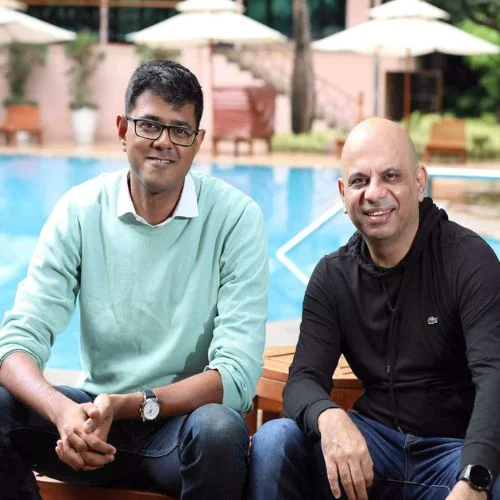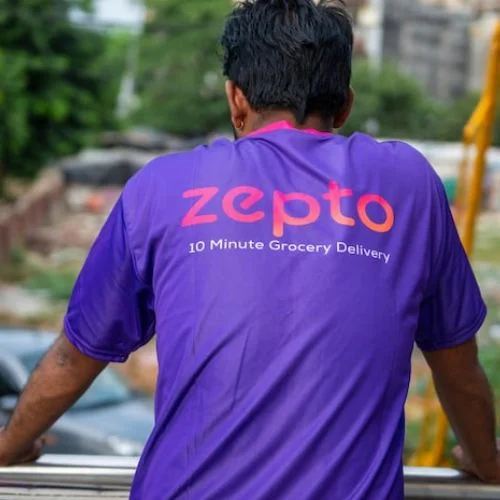The Union government now intends to install concentrated solar power systems for sizable renewable energy parks or farms, going beyond solar photovoltaic (PV) panels.
According to senior officials who spoke with Moneycontrol, Solar Energy Corporation of India (SECI) intends to release the nation’s first-ever tender, which will request a combination of other technologies and concentrated solar power systems.
What is a system that uses concentrated solar power?
Technologies such as concentrated solar power (CSP) focus sunlight onto a receiver and transform it into heat by using a mirror arrangement. The heat can subsequently be utilized as industrial process heat or to generate steam to turn a turbine and generate electricity. It is energy that is entirely renewable.
The nicest thing about CSP is that, in addition to its energy storage capacity, it can provide clean power even on overcast or nighttime days. In 2023–2024, India generated around 1,176.130 BU of energy from renewable sources overall, a 7.7% increase from the same period in 2022–2023
Why is the government considering it in addition to standard solar PV modules?
Solar PV modules’ established supply chain environment makes them suitable for both big projects and residential rooftops. As of right present, it is also more affordable than CSP. Though the exact figure has not yet been benchmarked, CSP technologies have the potential for greater efficiencies than solar PV modules, which now only provide 18–50% efficiency.
Dispatchability is CSP’s greatest advantage over solar PV modules. With CSPs, power is dispatchable, meaning it may be stored and used to generate energy even after the sun sets.
However, the site is crucial for CSPs since photovoltaics uses Global Horizontal Irradiance (GHI), and the same locations may not be optimal for both. Concentrated solar requires high Direct Normal Irradiance (DNI).
Projects completed in India thus far
In India, there are currently very few solar thermal or CSP installations. The biggest is a 150 MW CSP in the Rajasthani region of Jaisalmer, while the other is a 50 MW plant in the Andhra Pradesh town of Anantapur.
To comprehend their use cases and discuss technology cooperation, the government is also in discussions with Belgium, Israel, Spain, and Germany.
In 2023–2024, India generated around 1,176.130 BU of energy from renewable sources overall, a 7.7% increase from the same period in 2022–2023
India has 180.79 GW of installed renewable energy capacity as of December 2023, comprising 73.31 GW of solar power and 44.73 GW of wind power. India has progressively increased its installed capacity for renewable energy, going from 94.4 GW in 2021 to 119.1 GW in 2023.















